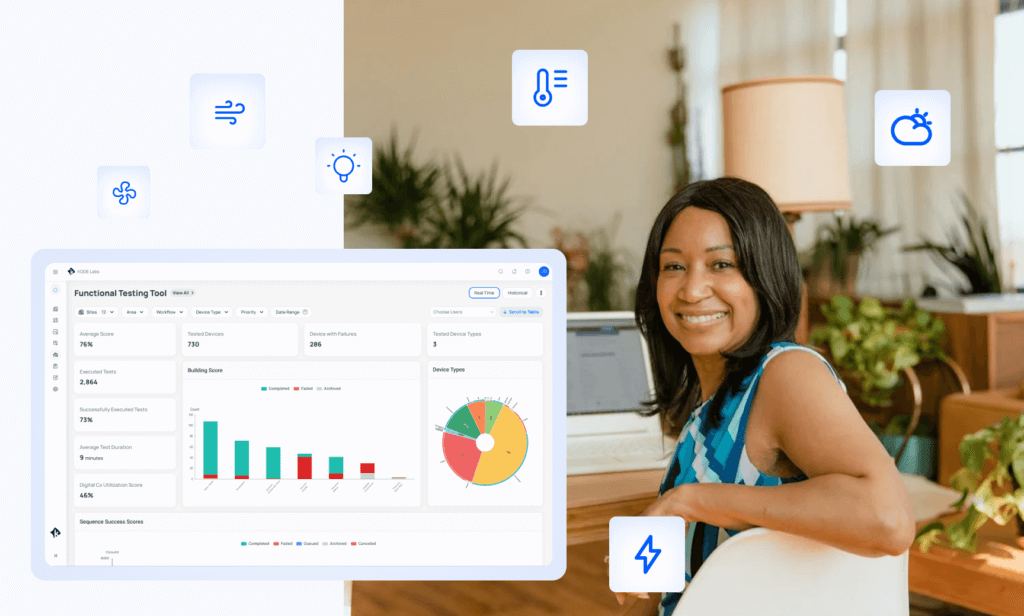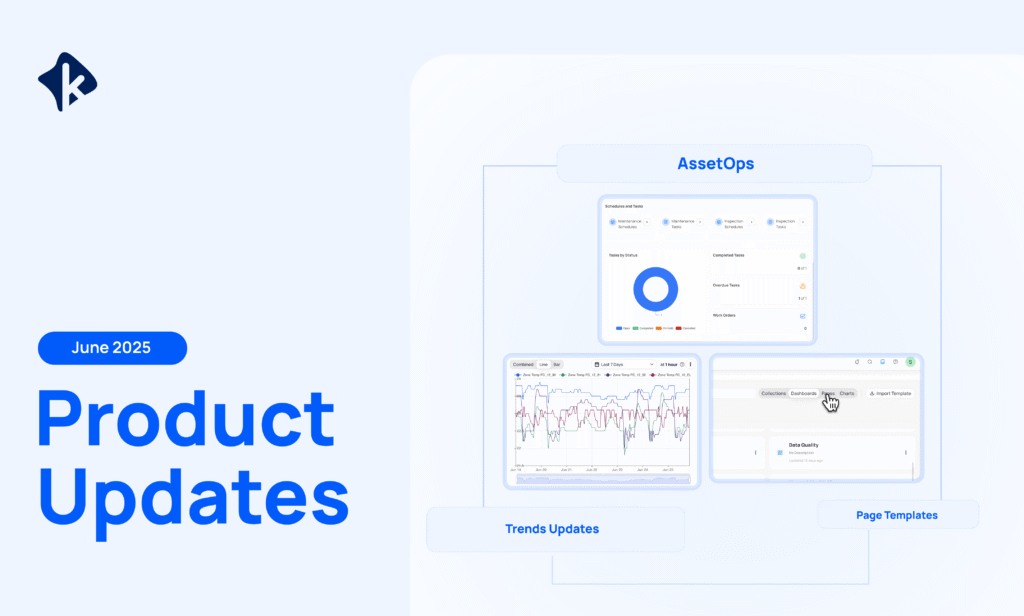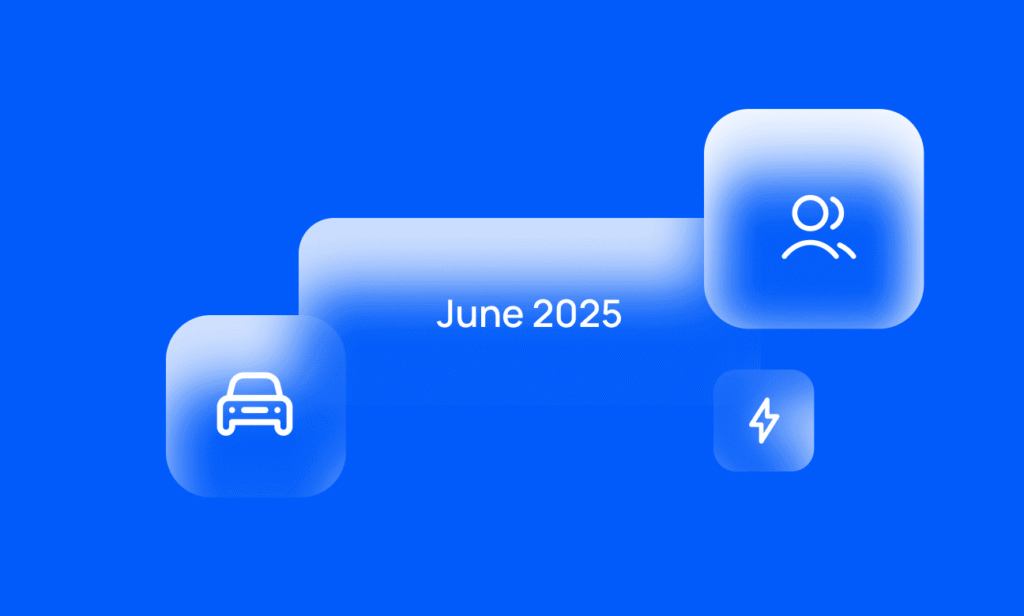On this page
Sign up to our newsletter
Subscribe to receive the latest blog posts to your inbox every week.
By subscribing you agree to with our Privacy Policy.
As smart building technology upgrades, tenant comfort and energy savings’ standards exponentially increase. When you’re aiming to both increase the tenant’s comfort and save energy without the expense of one or the other you need to take into account all the systems in place that work towards meeting these goals. Most importantly, you have to make sure that these systems are communicating well with one another. In fact, this should be emphasized as the very first step in the process. Though reaching maximum tenant comfort and energy efficiency may seem like two very contradicting endeavors, they can however be achieved simultaneously by taking advantage of data already existing in buildings and application of machine learning.

From reactive to predictive maintenance
More often than not, building owners and operators struggle with making sense of their HVAC, lighting, fire system, and security systems. Considering all these systems live separately (siloed inside buildings, basements, different rooms and computers) and adding to that the complexity of the new IoT coming into the buildings, they’re not to blame. Managing all systems separately is a daunting task and often leads to reactive measures instead of having the system notify you of actions to take before issues even arise. Unfortunately, it is a well known fact that more than 87% of building operations are still reactive. Furthermore, reliance on commissioning, absence of digital documentation, and manual checkups make it hard to identify important inefficiencies. All said above adds up to management strategies that are un-scalable.
To change that scenario, a smart operating system’s primary role is to centralize all the building data and ensure equipment intercommunication. Once the data is in, an OS applies ML to understand the pattern of the data and forecast data. In other words, building operators can now turn to real-time equipment performance data, visualized by the OS, to dictate maintenance only when necessary (based on performance of the equipment), rather than on a calendar-based strategy. This shows to save on average 25-30% of maintenance costs.
“The number of connected devices in operation in the commercial smart building will grow from 1.7 Billion in 2020 to just under 3 Billion by 2025, representing a CAGR of 10.8%”
– Memoori
Not only is this an increase in devices and sensors but also an increase in the type of data coming in. This clearly emphasizes the need to visualize and control each building system. A smart OS that is open, flexible, and vendor agnostic provides building operators with:
- A single pane of glass with read/write, IOS & Android apps and advanced analytics
- Predictive maintenance features to stay ahead of checklists
- Scheduling capabilities of equipment
- Management of an increasing number of new devices and data

Identifying cost savings opportunities
Advanced data analytics paired with machine learning can easily identify losses, energy savings opportunities, and actually achieve cost savings. Building owners and operators can take advantage of this data, which by the way has been interpreted for them, and assist them in evaluating improvement areas to operate their building more efficiently. On top of all that, they have the ability to use this data to create and enable these different user experiences that drive both energy savings, save actual runtime of all these different systems.
A dedicated team and a comprehensive operating system does not only offer advanced analytics, but will also provide integration and monitoring that help with reducing carbon emissions and preventive maintenance. Reaching specific building performance and sustainability goals is definitely the other window that advanced analytics open. Two of the key feature players in a software should include:
- Fault Detection & Diagnosis (FDD) that makes data analytics your first line of defense and transition from reactive to preventive management.
- Functional Testing Tool (FTT) that helps standardize device routines and performs functional testing of equipment components remotely.
Benefits from advanced analytics
Building operators can enhance their experience on multiple fronts by taking advantage of their building data with a comprehensive OS, including:
- Thermal comfort. Controlling temperature and humidity levels based on occupancy metrics and historical data on peak demands and preferences.
- Preventive maintenance. Ensuring all your systems are operating seamlessly and are up to par with warranty contracts; otherwise determine from the data provided what the next steps should be.
- Pinpoint the root cause of an issue. Diagnose the underlying root cause behind thermal comfort and energy usage distress.
- Balancing out energy savings goals with tenants comfort. Building owners need not sacrifice tenants’ comfort on their endeavor to achieve an energy efficient operation of the building.




